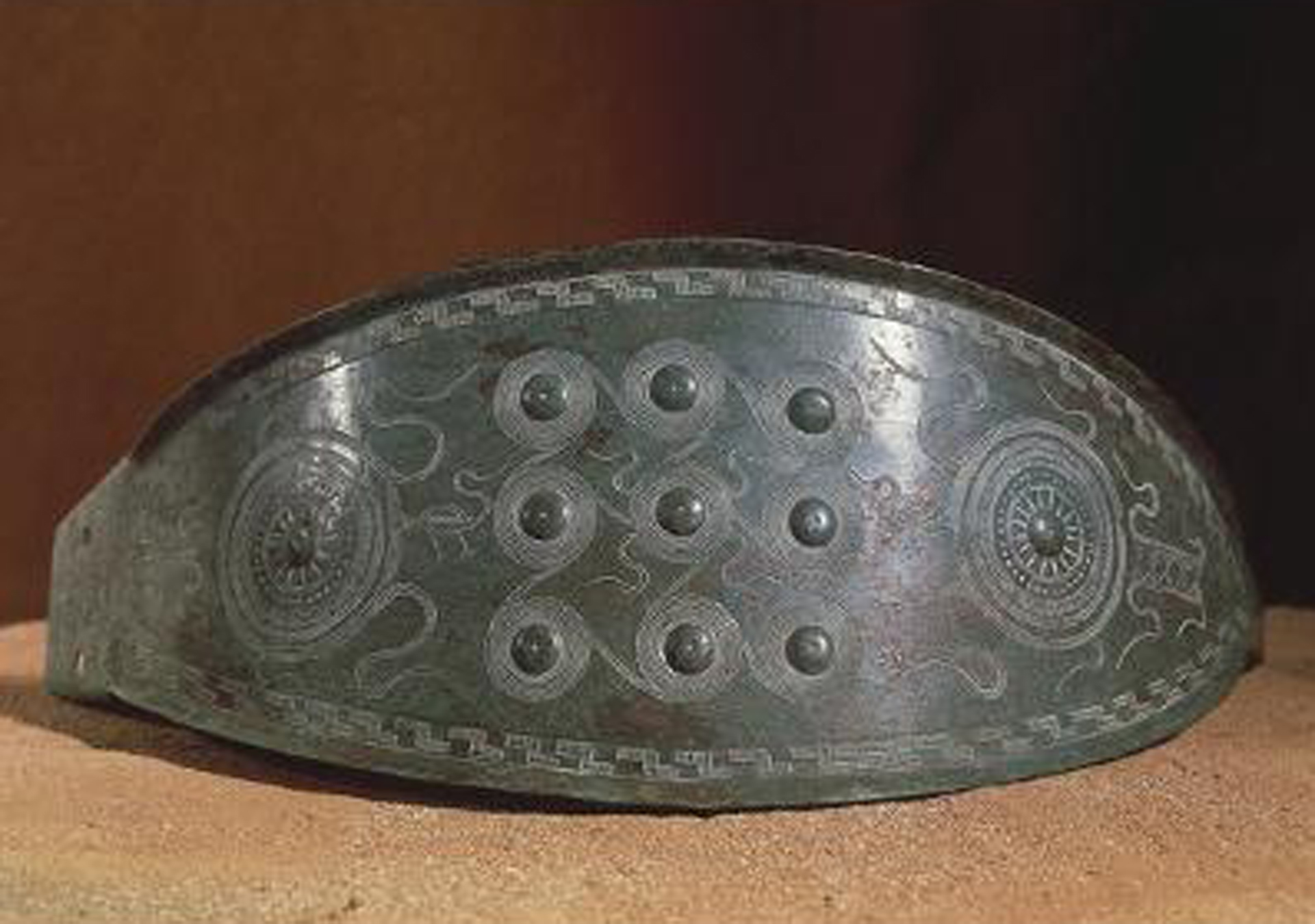If asked to name an ancient culture of Italy, nearly everyone will immediately reply “Rome” or “The Roman Empire.” If pressed to name an even older culture, a few may mention the “Etruscans.” If pressed even further, you are likely to only get a blank stare.
The Villanovan culture flourished during the Iron Age in central Italy, from the 11 century BC until the seventh century BC. The Villanovan era was the precursor to the Etruscan civilization. Rather than a separate group, they represented an earlier era, allowing historians and archaeologists to describe the cultural impact and foundation of a civilization that began during the Iron Age.
The name Villanovan derives from the estate owned by the scholarly Count Giovanni Gozzadini. Located a few miles from Bologna, he performed excavations from 1853 to 1855, discovering 193 tombs, six of which were separated from the rest, as if to signify a special social status. The pit graves were lined with stones and contained funerary urns. In 1893, a chance discovery unearthed another distinctive Villanovan necropolis at Verucchio overlooking the Adriatic coastal plain.
Between c. 1100 and 900 BC, the culture flourished through agriculture, hunting and the raising of domesticated animals – sheep, goats, cattle and pigs. The population increased with settlements established on easily defendable plateaus or hilltops. Centuries later, these villages would develop into important Etruscan towns. Houses were made of sun-dried mud brick with wooden posts for support and thatch roofs with projecting overhangs. Some huts had large pottery jars for food storage sunk into their floors and there are also channels around buildings cut into the rock to drain and collect rainwater.
The Villanovans introduced iron-working to the Italian peninsula. Beneath the soil, this part of Italy had an abundance of copper and iron and it is through their metalwork and pottery that we have learned about the culture. The horse was especially important to these people, as seen in the many finds of horse fittings and frequent representations in art. The quality of the bronze metalwork and pottery suggests that there was a class of artisans dedicated to their production. Additionally, the higher quality remnants found at some burial sites indicate that there was a developed social strata. A belief in an afterlife is suggested by the presence of miniaturized everyday items and tools, usually knives, weapons and armor in the burial sites. Over the centuries, as villages prospered and towns developed, populations increased and new colonies spread to the north, south and west of central Italy.
Evidence of trade between Villanovan centers is indicated by the manufactured goods discovered. It has also been determined that they traded with Greek settlers, beginning in the mid-eighth century BC as well as with Sardinia, central Europe and the Balkans.
Pottery was made by hand, rather than on the wheel and used clay fired at a low temperature producing primitive wares known as impasto. Their bronze goods included a broad range of items, such as buckles, sewing needles and spindles, bracelets, earrings, urns, shields, helmets and arrowheads. Jewelry that has been discovered, in addition to bronze pieces, include some made from gold, amber, bone and glass.
The life expectancy of the Villanovans was no more than about 50 years of age and their diet was generally short of protein. More vegetables were eaten than meat, but the range of foods included fruit, nuts, fish, peas, broad beans, barley and emmer – an ancient form of wheat. It was roasted, pounded and boiled into a porridge that was a staple dish of the region.
The Villanovan culture was gradually influenced by trade and contact with other cultures. These people of central Italy matured into the Etruscan culture proper; first in the south and then northwards and from coastal areas to inland settlements. The process of cultural evolution, datable by grave goods, was complete by the early 7th century BC in the south of Etruria and in parts around the Po Valley by the 6th century BC.
The Etruscans were to become the most important and influential people of pre-Roman Italy. They dominated Italy politically prior to the rise of Rome, which itself was ruled by Etruscan kings early in its history. The Etruscans would go on to prosper until the 2nd century BC, when they were culturally assimilated into Roman civilization. Despite their centuries of dominance in central Italy, the early history of the Etruscans is still a mystery. This in great part is due to their language, which resembles no other. Thousands of inscriptions – on monuments, religious offerings, coins and other objects, show that the Etruscans had a culture of writing, but knowledge of the language died out by the end of the first century AD. Even today, despite all of the surviving inscriptions, modern scholars have been unable to decipher the Etruscan language beyond a few words. And so, there remains hidden in plain sight, the history of the people who once dominated Italy and that of their forbearers – the Villanovans.




